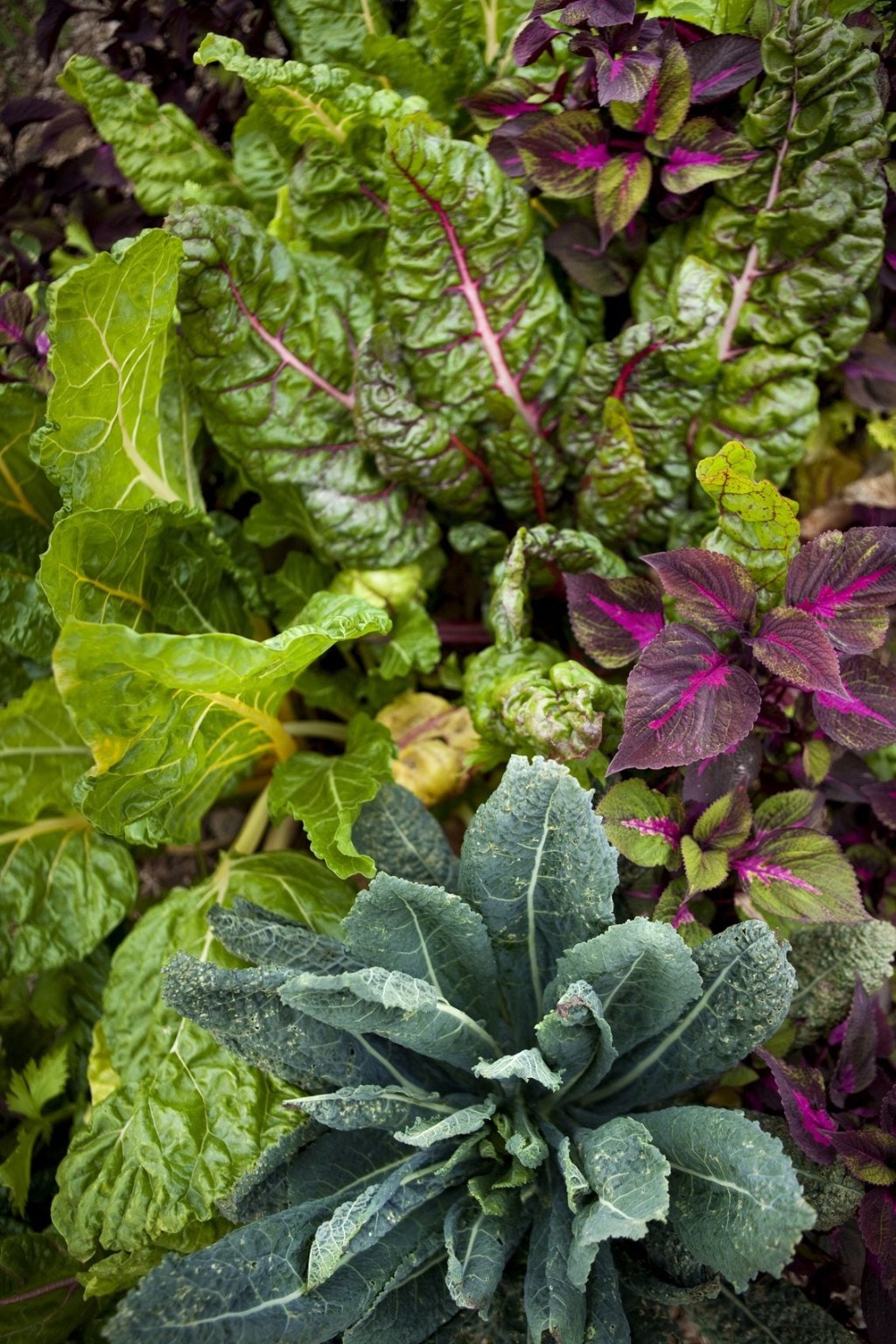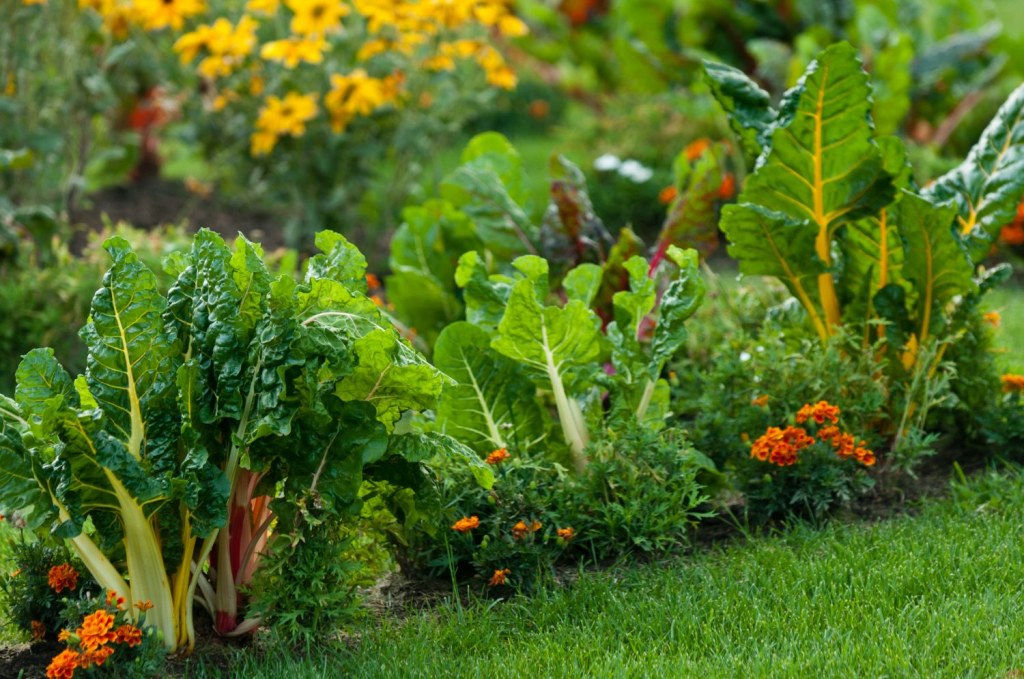Discover The Ultimate Guide To Successful Swiss Chard Companion Planting: Boost Your Harvest With Powerful Planting Strategies!
Swiss Chard Companion Planting: A Guide to Successful Gardening
Introduction
Hello, Swiss Enthusiast! Are you looking to enhance your gardening experience and boost the growth of your Swiss chard? Well, look no further! In this article, we will delve into the world of Swiss chard companion planting, exploring the benefits, techniques, and tips to maximize your yield. Let’s get started!
3 Picture Gallery: Discover The Ultimate Guide To Successful Swiss Chard Companion Planting: Boost Your Harvest With Powerful Planting Strategies!



What is Swiss Chard Companion Planting?
Companion planting refers to the practice of strategically planting different crops together to enhance their growth and deter pests. In the case of Swiss chard, companion planting involves selecting plants that can coexist harmoniously and provide mutual benefits.
The Who

Image Source: gardeningknowhow.com
When it comes to Swiss chard companion planting, it’s essential to choose compatible neighbors. Some popular companions for Swiss chard include:
Tomatoes – These help repel pests like aphids and whiteflies.
Herbs such as basil and parsley – Their aromatic presence deters pests and enhances the flavor of Swiss chard.
Garlic and onions – These plants repel pests and act as natural fungicides.
Beans – Swiss chard benefits from the nitrogen fixation provided by legumes.
The When

Image Source: plantura.garden
Timing is crucial in companion planting. It’s best to sow Swiss chard seeds after the last frost date in your region. Additionally, consider the growth rates and space requirements of the companion plants to ensure they don’t overshadow or crowd the Swiss chard.
The Where
Swiss chard thrives in well-draining soil with a pH between 6.0 and 7.0. When selecting a planting spot, choose an area that receives at least six hours of sunlight per day. The companion plants should also prefer similar growing conditions to ensure compatibility.
The Why

Image Source: gardenerspath.com
Companion planting offers numerous benefits for Swiss chard. By strategically selecting companions, you can:
Enhance pest control – Certain plants deter pests or attract beneficial insects that prey on pests.
Improve pollination – Some companion plants attract pollinators, increasing the chances of successful Swiss chard pollination.
Maximize space utilization – Companion plants can fill in gaps and utilize space effectively.
Provide shade and wind protection – Taller companions can offer shade and act as a windbreak, protecting the delicate Swiss chard leaves.
The How
Now that we’ve covered the basics, let’s dive into the practical steps of Swiss chard companion planting:
Plan your garden layout, taking into account the space requirements of both Swiss chard and its companions.
Prepare the soil by removing weeds, loosening it, and adding organic matter for improved fertility.
Sow Swiss chard seeds according to the recommended spacing, ensuring they are adequately covered with soil.
Plant the companion plants around the Swiss chard, considering their specific spacing requirements.
Maintain consistent watering and provide necessary care to ensure optimal growth for both Swiss chard and its companions.
Monitor for pests and diseases regularly, taking proactive measures to prevent infestations or treat any issues promptly.
Harvest Swiss chard leaves when they reach the desired size, and enjoy the bountiful rewards of your companion planting efforts!
Advantages and Disadvantages of Swiss Chard Companion Planting
While Swiss chard companion planting offers numerous advantages, it’s essential to consider potential drawbacks as well. Let’s explore both sides:
Advantages
Enhanced pest control: Companion plants can deter pests, reducing the need for chemical interventions.
Increased biodiversity: Companion planting promotes a diverse ecosystem in your garden, contributing to overall ecological health.
Improved soil fertility: Certain companions, like legumes, contribute nitrogen to the soil, benefiting Swiss chard and future crops.
Optimized space utilization: Companion plants can fill empty spaces, maximizing the productivity of your garden.
Enhanced flavors: Some companions, such as herbs, can enhance the flavor of Swiss chard when grown together.
Disadvantages
Competition for resources: Companion plants may compete for nutrients, water, or sunlight, affecting Swiss chard growth.
Compatibility issues: Not all plants make good companions for Swiss chard; it’s crucial to choose wisely.
Potential allelopathy: Some plants release chemicals that may inhibit the growth of neighboring crops, impacting Swiss chard.
Pest attraction: While some companions repel pests, others may attract them, posing a risk to Swiss chard.
Management challenges: Maintaining multiple plant species requires careful monitoring and management.
Frequently Asked Questions
1. Can I plant Swiss chard near cucumbers? 🥒
Yes, cucumbers can be planted near Swiss chard. However, ensure they have sufficient space and trellis support to avoid overshadowing the Swiss chard.
2. Are there any companion plants I should avoid planting near Swiss chard? ❌
Avoid planting Swiss chard near members of the Brassica family, such as cabbage or broccoli, as they may compete for nutrients and space.
3. How often should I water my Swiss chard and its companion plants? 💦
Watering requirements vary based on environmental conditions, but generally, Swiss chard and its companions benefit from regular watering, ensuring the soil remains moist.
4. Can I use companion planting to control pests without pesticides? 🐞
Yes, companion planting can help reduce pest populations naturally, minimizing the need for chemical pesticides.
5. Can I practice companion planting in containers? 🌱
Absolutely! Companion planting can be practiced in containers, provided each plant has enough space, appropriate growing conditions, and compatible companions.
Conclusion
In conclusion, Swiss chard companion planting is a valuable technique that can enhance the growth, pest control, and flavor of your Swiss chard crop. By choosing compatible companions, timing your plantings, and providing necessary care, you can create a thriving garden that brings you joy and abundant harvests. Embrace the power of companion planting and unlock the full potential of your Swiss chard!
Final Remarks
Remember, successful companion planting requires experimentation, observation, and adaptation. Factors such as climate, soil conditions, and specific plant varieties can influence the outcomes. It’s essential to stay informed, seek local gardening advice, and adjust your approach accordingly. Happy gardening, Swiss Enthusiast!
This post topic: Swiss

